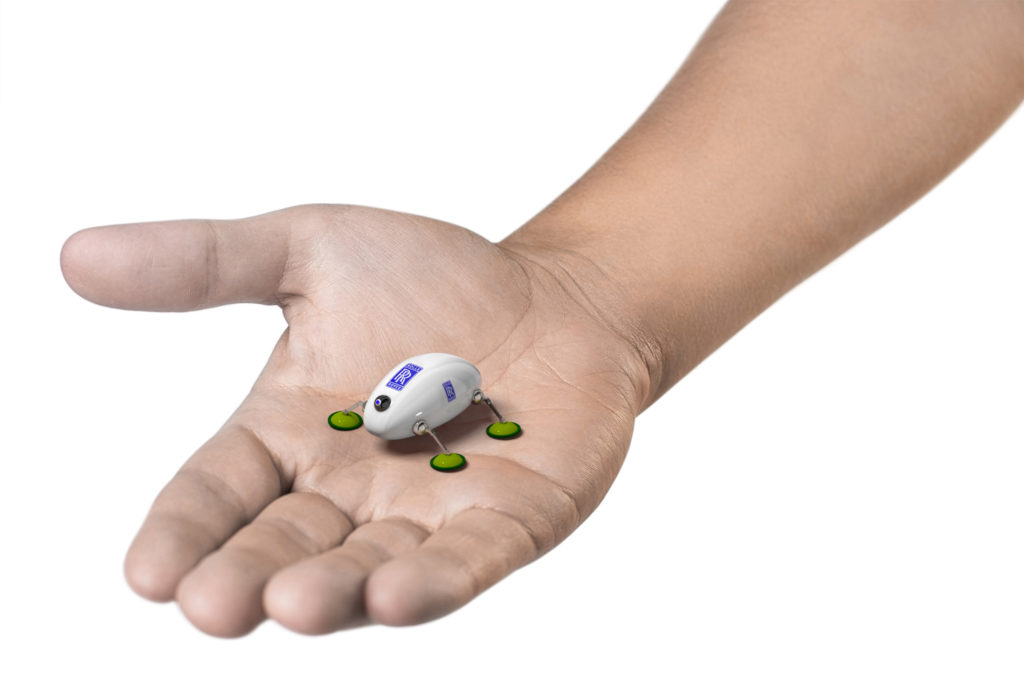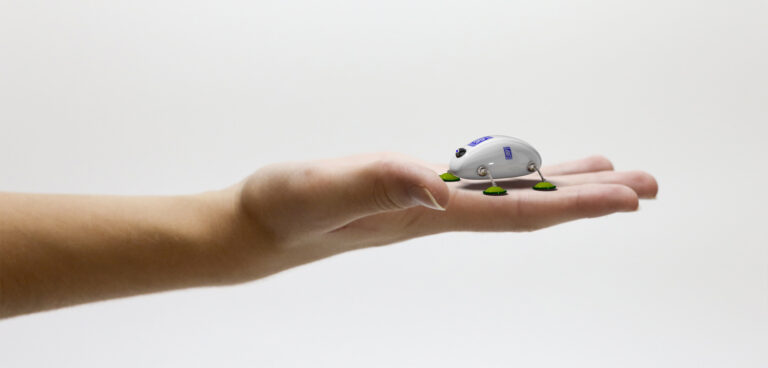Rolls-Royce has demonstrated how robotics could be used to revolutionize engine maintenance. Initially developed for use in aerospace engines, the technologies are potentially transferable to automotive application.
At varying levels of maturity, the technologies included swarm robots, a set of collaborative, miniature robots, each around 10mm (0.4in) in diameter. Deposited in the center of an engine by a ‘snake robot’, these would crawl through the engine to perform a visual inspection of hard-to-reach areas.
The swarm robots would carry small cameras, providing a live video feed back to the operator, allowing them to complete a rapid visual inspection of the engine without having to remove it. This project is a partnership between Rolls-Royce, Harvard University and University of Nottingham.
Inspect robots form a network of periscopes permanently embedded within the engine, enabling it to inspect itself to spot and report any maintenance requirements. These pencil-sized robots are thermally protected from the extreme heat generated within an engine and the visual data they create would be used alongside the millions of data points already generated by today’s engines as part of their engine health monitoring systems. This project is a partnership between Rolls-Royce, Oxsensis, BJR Systems, Roke Manor and the University of Nottingham.
The teams from Rolls-Royce and the University of Nottingham have also worked on remote boreblending robots that can be remotely controlled by specialist engineers. This means that complicated maintenance tasks could be completed by non-expert local teams who would simply install the tool in the engine and then hand remote control of it over to a dedicated expert back in Rolls-Royce’s Aircraft Availability Centre.
Finally, flare robots, a pair of snake-like robots, are flexible enough to travel through an engine – like an endoscope – and can collaborate to carry out patch repairs to damaged thermal barrier coatings. Rolls-Royce, University of Nottingham and Metallisation worked together on this project.
Dr James Kell, Rolls-Royce on-wing technology specialist, said, “While some of these technologies, such as the swarm robots, are still a long way from becoming an everyday reality, others, such as the remote boreblending robot, are already being tested and will begin to be introduced over the next few years. We have a great network of partners who support our work in this field and it is clear that this is an area with the potential to revolutionize how we think about engine maintenance.”



